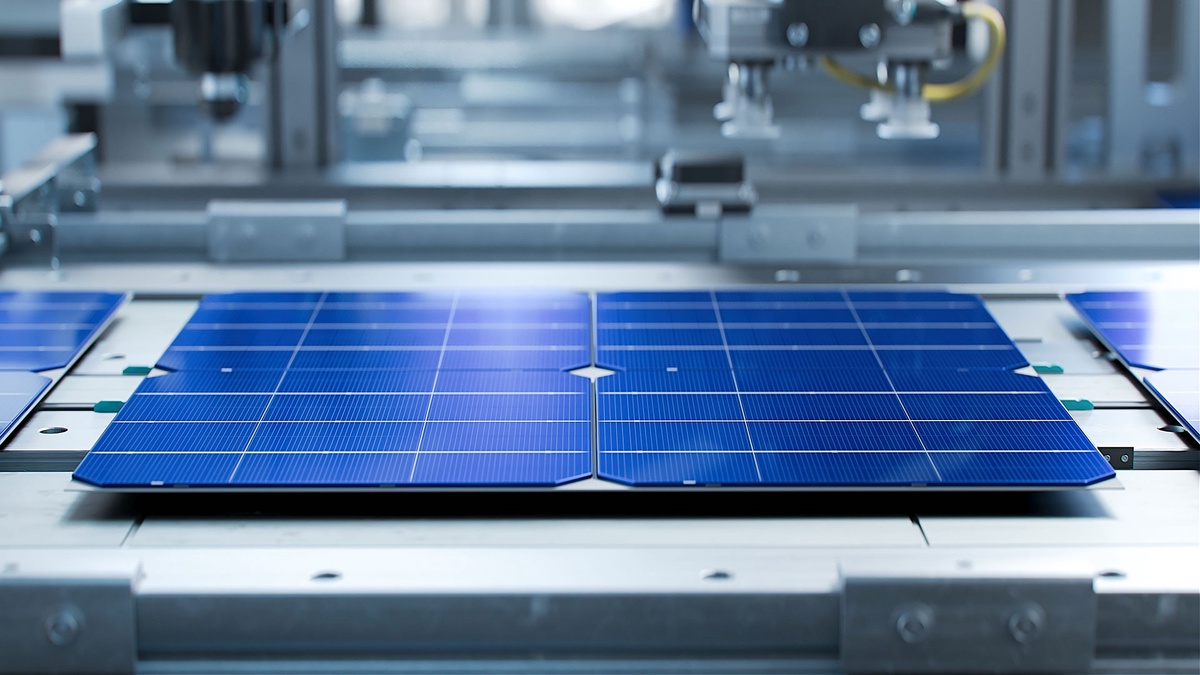Introduction:
In the pursuit of a sustainable and eco-friendly future, the solar energy sector has emerged as a beacon of hope. As the world grapples with the challenges of climate change and environmental degradation, solar manufacturing trends play a pivotal role in shaping the trajectory of renewable energy. In this blog, we will delve into the latest advancements and shifts in the solar manufacturing landscape, exploring the technologies and strategies that are paving the way for a cleaner, greener tomorrow.
Innovations in Photovoltaic Technologies:
The heart of solar manufacturing lies in photovoltaic (PV) technologies, and recent years have witnessed remarkable innovations. Traditional silicon-based solar cells have dominated the market, but the rise of thin-film solar cells is transforming the industry. Thin-film technologies, such as CIGS (copper indium gallium selenide) and CdTe (cadmium telluride), offer flexibility, cost-effectiveness, and enhanced performance, opening new avenues for solar applications.
Advancements in Tandem Solar Cells:
Tandem solar cells, combining multiple layers of solar cell materials, have gained traction as a means to boost efficiency. By stacking different materials with complementary absorption spectra, tandem cells maximize light absorption and power conversion. Perovskite-silicon tandem cells, in particular, show great promise in achieving unprecedented efficiency levels, potentially revolutionizing the solar energy landscape.
Bifacial Solar Panels:
Bifacial solar panels are rewriting the rules of solar energy harvesting by capturing sunlight from both the front and rear sides of the panel. This innovation significantly increases energy yield, making bifacial panels an attractive choice for solar farms and rooftop installations. As the manufacturing of bifacial panels becomes more widespread, the overall efficiency and cost-effectiveness of solar power generation receive a substantial boost.
Emergence of Transparent Solar Cells:
Imagine windows that not only allow natural light into a building but also generate electricity. Transparent solar cells are making this futuristic vision a reality. These cells, often based on organic materials or perovskite, enable the integration of solar power generation into windows and other transparent surfaces. The potential applications for transparent solar cells are vast, ranging from commercial buildings to consumer electronics.
Robotics and Automation in Manufacturing:
The solar manufacturing industry is witnessing a paradigm shift with the increasing integration of robotics and automation. Automated production lines streamline the manufacturing process, enhance precision, and reduce costs. From the fabrication of solar cells to the assembly of solar panels, robotic technologies are revolutionizing the efficiency and scalability of solar manufacturing.
Green Manufacturing Practices:
In tandem with the renewable energy goals, solar manufacturers are increasingly adopting sustainable and environmentally friendly practices. Green manufacturing involves minimizing waste, reducing energy consumption, and incorporating recycled materials into the production process. As consumers become more eco-conscious, the demand for solar products manufactured with green practices is on the rise.
Energy Storage Integration:
Solar energy's intermittent nature has led to a growing emphasis on energy storage solutions. Manufacturing trends in solar now involve the seamless integration of energy storage technologies, such as advanced battery systems. This integration ensures a continuous and reliable power supply, even when the sun isn't shining, making solar energy more versatile and dependable.
Globalization and Supply Chain Resilience:
The solar manufacturing landscape is increasingly globalized, with supply chains spanning multiple continents. Recent geopolitical and economic challenges have highlighted the importance of building resilient and diversified supply chains. Solar manufacturers are strategically reevaluating their supply chain models to mitigate risks and ensure a steady flow of materials essential for production.
Conclusion:
The future of solar manufacturing is both exciting and promising. With ongoing innovations in photovoltaic technologies, advancements in tandem and bifacial solar cells, the emergence of transparent solar panels, and the integration of robotics and green manufacturing practices, the solar industry is poised for continued growth. As we navigate the complexities of a changing climate, these trends not only contribute to a more sustainable energy future but also drive economic growth and job creation. The journey towards a solar-powered world is well underway, and the trends shaping the industry today are illuminating the path to a brighter, cleaner, and more sustainable tomorrow.
More market research, advisory consulting services to discover
At Eninrac, we offer a wide range of, advisory consulting solutions, from We put ‘search' in research to help expand your business with ease. Discover all the possibilities now.


No comments yet